
Ocean waves on a Hawaii beach recently exposed hidden petroglyphs that could be hundreds of years old. According to the U.S. Army, seasonal tides revealed 26 ancient rock carvings at an Army recreation center.
The petroglyphs revealed include 18 human stick figures carved into sandstone. This complete panel is the first to be revealed since 2016.
Natural Reveal

Dave Crowley, the Army’s cultural resources manager, explained how petroglyphs remerge. “Seasonal changes in tide and wave energy have shifted the sands along the beach and fully exposed these petroglyphs,” he said.
“This is the first time since 2016 that the entire panel has been visible.” The 115-foot panel stretches along Oahu’s Waianae coast.
Hawaiian Heritage

Hawaiian petroglyphs, called ki’i pōhaku, often tell stories from hundreds of years ago. Native Hawaiians carved these symbols into volcanic rock to record important events, spiritual ceremonies, and navigation information.
According to cultural experts, over 100 petroglyph sites exist across the Hawaiian islands, mostly on inland lava fields.
Military Finding

The U.S. Army manages extensive cultural resources across Hawaii’s military bases.
According to Army reports, Dave Crowley leads a team managing over 168,000 acres, 2,000 historic buildings, eight historic districts, three National Historic Landmarks, and over 1,800 archaeological sites across 22 installations on Oahu and Hawaii Island.
Age Confirmation

The Army’s principal archaeologist, Laura Gilda, confirmed the petroglyphs’ ancient origins. “While it is difficult to pin down an exact date, these could potentially be upwards of 600 years old, based on nearby sites,” Gilda said.
European explorers had not even reached Hawaii when these carvings were centuries old.
Cultural Meaning

Glen Kila, a Native Hawaiian cultural expert, believes the petroglyphs hold important symbolism and tell stories. “It’s telling the community that the ocean is rising,” Kila told reporters.
According to the Independent, he traces his lineage to aboriginal families of the Waianae community and consults with the Army on protecting the petroglyphs.
Community Connection

Resident John Stone visited the petroglyphs after seeing news reports. “It was so interesting to touch them,” Stone said. “It felt interesting to kind of have a connection with the past like that.”
The Independent reported that John and Sandy Stone drove 30 minutes from their home to see the rare exposed carvings.
Preservation Balance
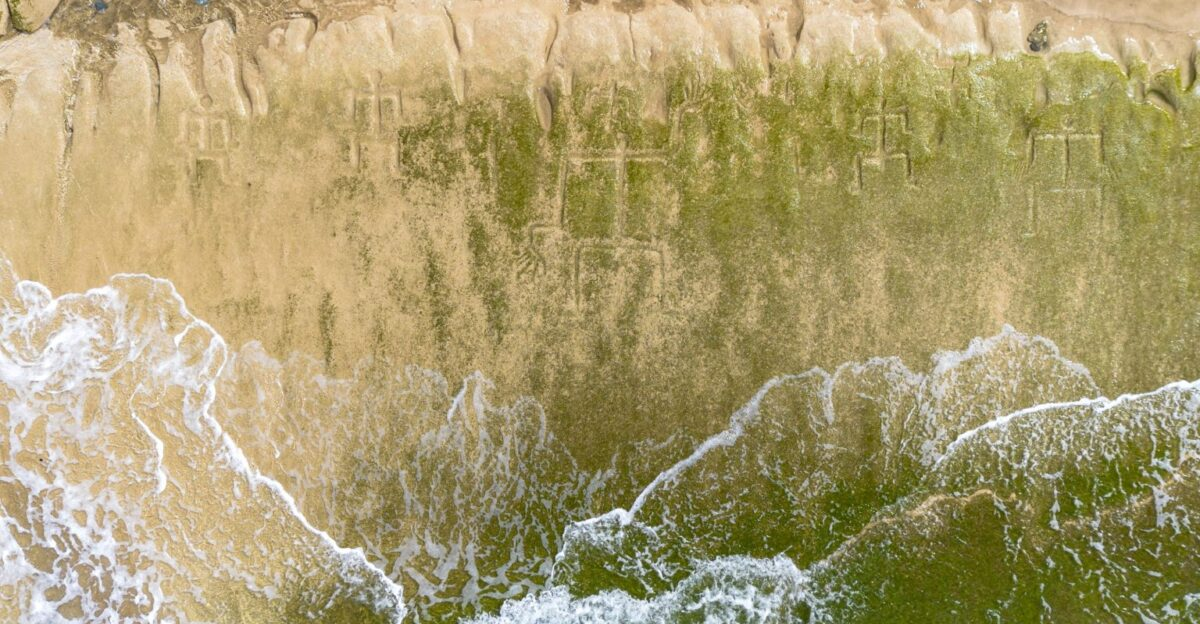
Army archaeologist Laura Gilda faces challenges balancing protection with public access. “How much attention do you want to bring to this area? You don’t really want people to go digging for them when they’re not exposed,” she explained.
“But they’re certainly awesome to come and see on the public beachscape.”
Documentation Mission
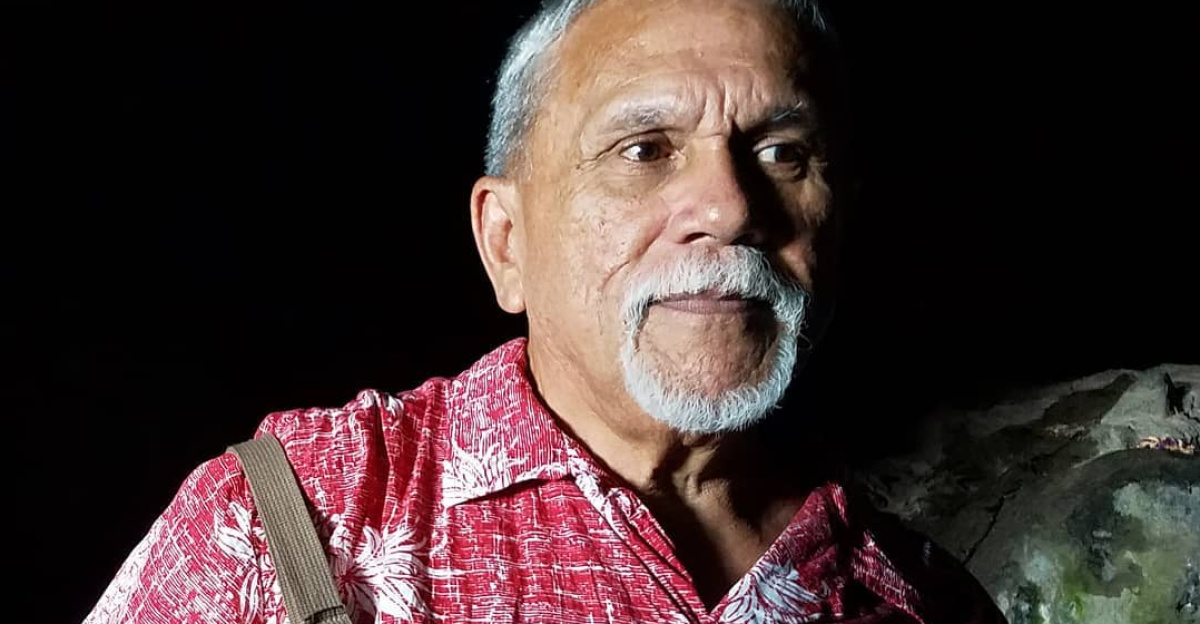
Laura Gilda explained the Army’s approach to sharing the discovery. “We documented them to share with the community while keeping them safe,” the principal archaeologist said.
According to Army reports, the team uses advanced 3D photogrammetry for virtual site access and facilitates over 50 annual cultural visits for Native Hawaiian organizations.
Erosion Patterns
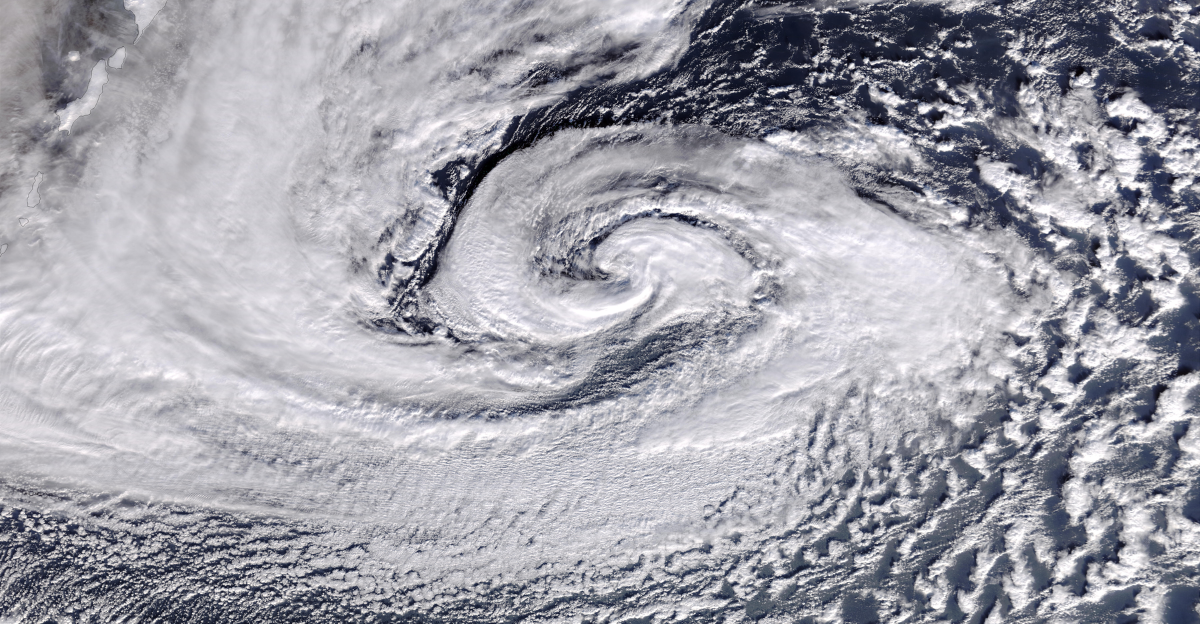
Climate change affects coastal erosion patterns that expose and hide archaeological sites.
According to Army reports, the beach fluctuates in size each year, with low-pressure weather systems between May and November causing waves that cut away sand and redeposit it further out. This natural process temporarily exposes the petroglyphs.
Community History
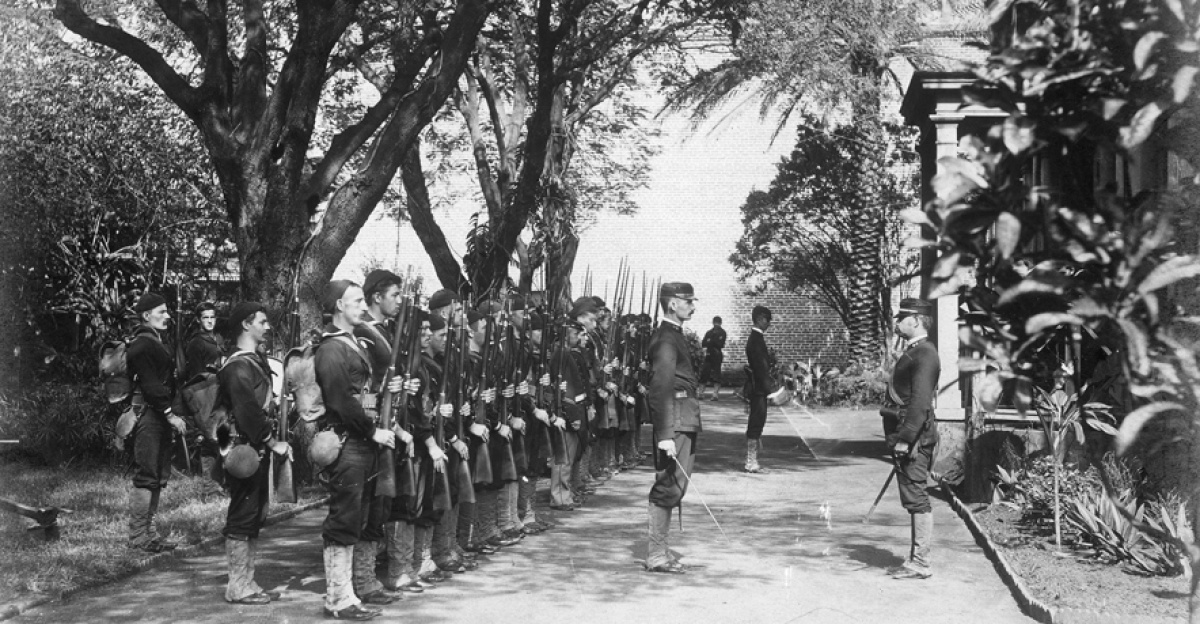
Glen Kila, now 72, recalls the difficult history between Native Hawaiians and the military.
According to the Independent, when the military took over the area in the 1930s and evicted Native Hawaiians, his great-great-grandmother refused to leave. His family exchanged mountain lands with a coffee plantation so she could remain near the bay.
Mission Balance

Dave Crowley emphasized the importance of cultural stewardship to military operations. “Stewarding these lands is vital to our mission.”
Crowley said. “By protecting cultural sites like these petroglyphs, we honor Hawaii’s heritage, build stronger community ties.” According to Army reports, this approach ensures continued access to essential training lands.
Legal Compliance

The Army’s Cultural Resources Management Program ensures compliance with federal laws. According to Army reports, they follow the National Historic Preservation Act and Native American Graves Protection and Repatriation Act requirements.
Cultural awareness training helps soldiers understand and respect sacred sites during training exercises throughout Hawaii.
Exposure Patterns
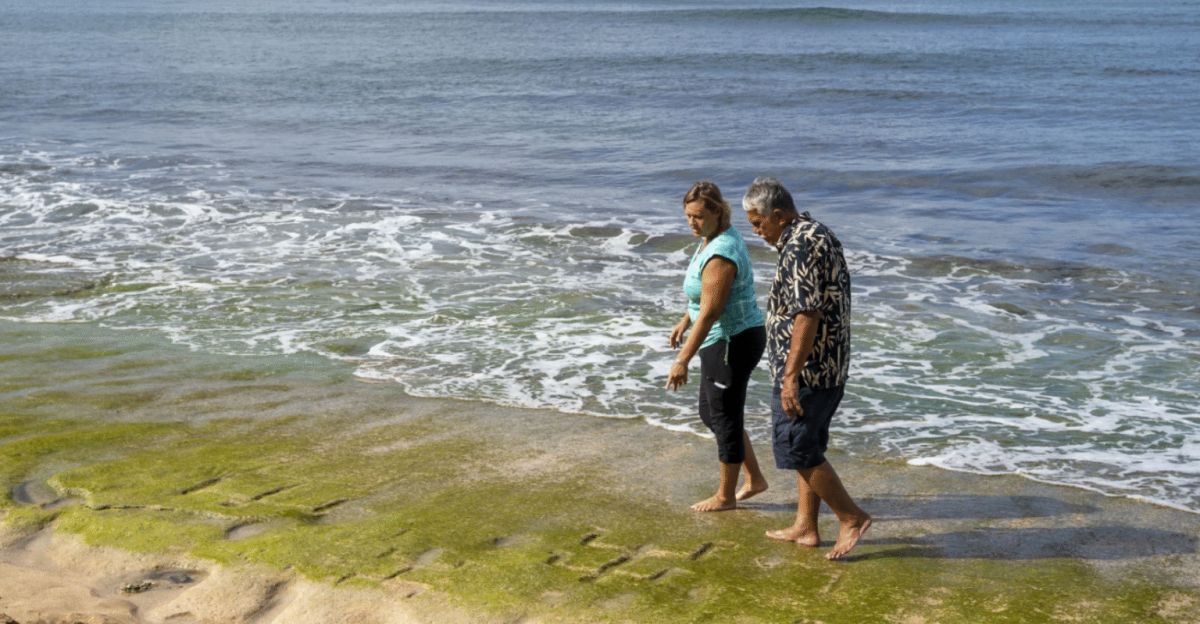
The petroglyphs were first rediscovered in July 2016 after storms swept sand away. According to archaeologist Laura Gilda, they remained visible for a period and then got covered again.
“So there’s been portions that have been exposed since then, but this is the first summer that the whole panel has been exposed again,” she said.
Cultural Interpretation

Based on traditional teachings, Glen Kila interprets the petroglyphs as telling religious stories.
According to The Independent, he believes the largest figure represents the rising and setting sun, with one arm raised and the other down. The figure appears to include hands and fingers in a ceremonial pose.
Historical Context
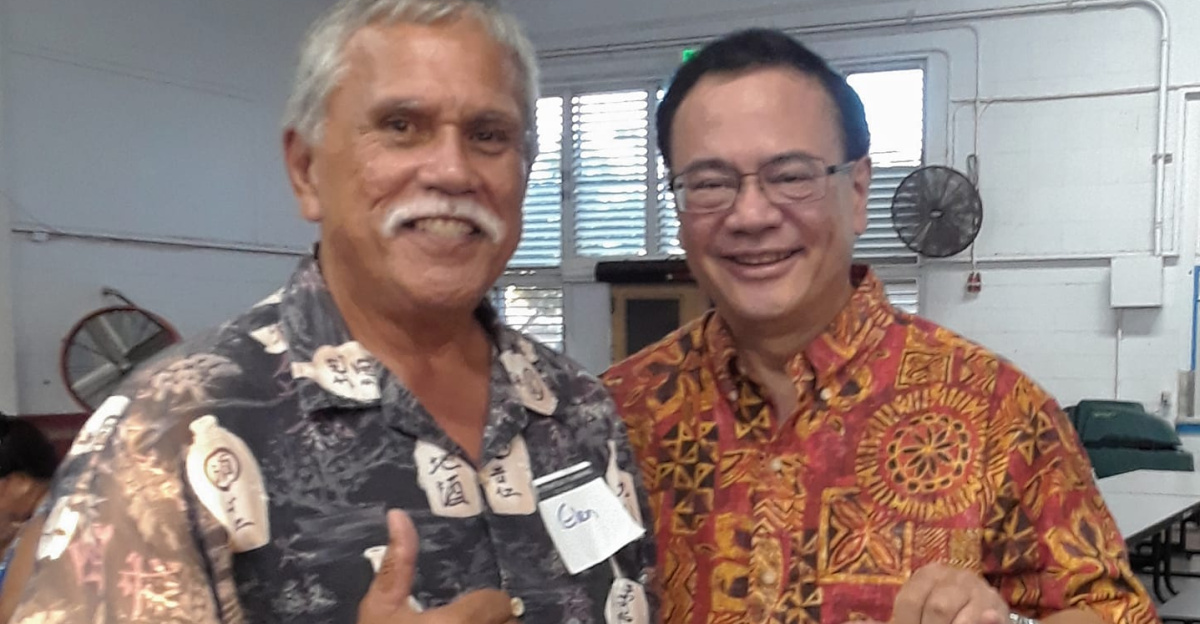
Glen Kila recalled growing up in Waianae without television access. According to the Army report, he said, “The ocean and mountains were our playground.”
The Army recreation center was off-limits to the public, and the seawall created a barrier between Native Hawaiians and the military in earlier decades.
Relationship Shift

Glen Kila told the Associated Press that the Army’s protection of the petroglyphs represents a positive change. According to the Independent, he said his community “never fostered any hatred for the military because one day we believed that the land will eventually return to us.”
The current partnership demonstrates improved community relationships.
Cultural Validation

Donald Kauliʻa, a Native Hawaiian born and raised in Waianae, photographed the petroglyphs during their recent exposure. According to the Independent, seeing them feels like “validation that our ancestors were from here.”
The discovery strengthens connections between modern Native Hawaiians and their ancestral heritage.
Physical Details

Archaeological surveys documented the petroglyphs’ specific characteristics. According to Army reports, archaeologists identified 26 petroglyphs with 18 anthropomorphic stick figures.
Eight figures are depicted with possible male genitalia, while the remainder are of undetermined gender. The figures range from 15 centimeters to over two meters in size.
Living Heritage

The Waianae petroglyphs represent living connections between past and present Hawaiian communities. According to Army reports, the cultural stewardship builds vital community partnerships while ensuring continued access to lands essential for military operations.
Each carved figure is a testament to the enduring connection between Hawaii’s past and present.